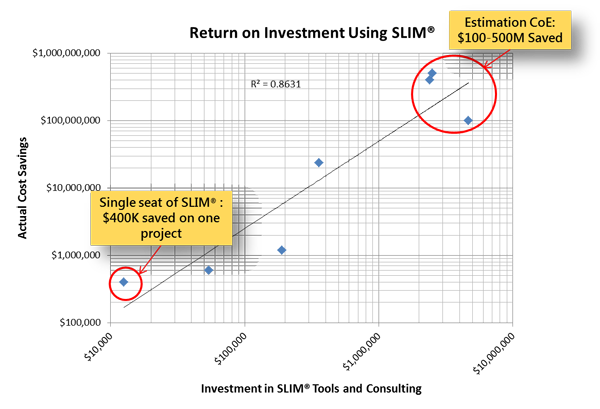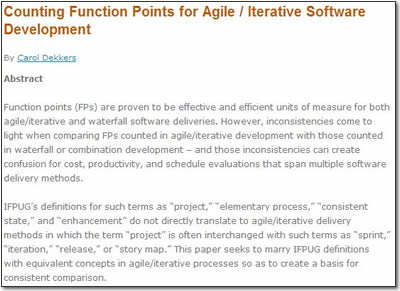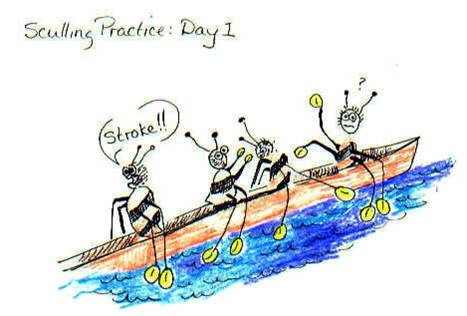Webinar - From Proposal to Project: Getting Resource Demand Early
A replay is available for this webinar, From Proposal to Project: Getting Resource Demand Early, presented by Andy Berner and Keith Ciocco.
When evaluating proposals, any good project manager knows it doesn't do any good to charter a project if the right people aren't available or if the cost and schedule are unrealistic. It becomes very important early on in the proposal process to be able to run accurate feasibility estimates that produce skilled staff outputs, matching resources needed for a project to the resources you have. This webinar, presented by QSM's Andy Berner and Keith Ciocco, demonstrates a powerful top-down approach, which allows organizations to do early resource planning and powerful what-if analysis without breaking out the work breakdown structure (WBS). This process matches the supply to the demand and is easy, credible, and correct.
Dr. Andy Berner has helped organizations improve their software development processes for over 20 years. He has "hands-on" experience with almost every role in software development. He is on the QSM software development team and is leading the work at QSM to incorporate Agile techniques into and enhance the resource demand management capabilities of the SLIM-Suite. He has recently published several articles on Agile methods and practices, focusing on planning projects to set realistic expectations. He has spoken at numerous conferences on software tools and methods, often with an emphasis on how to make sure that tools serve the team, rather than the other way around. He has an A.B. cum Laude in Mathematics from Harvard University, a Ph.D. in Mathematics from the University of Wisconsin, Madison, and has seven US Patents.

 Since I work for a
Since I work for a 


 A
A